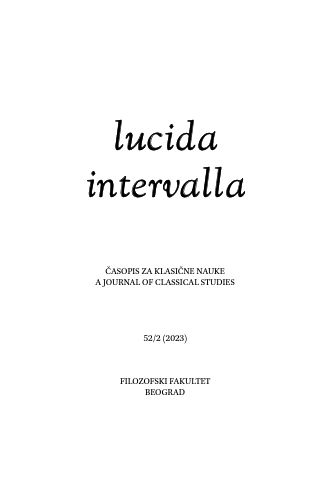A Contribution to the Research of the Symbolism and the Context of the Double-Headed Eagle in Byzantine and Serbian Medieval Art
A Contribution to the Research of the Symbolism and the Context of the Double-Headed Eagle in Byzantine and Serbian Medieval Art
Author(s): Anđela GavrilovićSubject(s): History, Middle Ages
Published by: Филозофски факултет, Универзитет у Београду
Keywords: double-headed eagle; Serbian medieval art; Byzantine art; symbolism; emblem of paradise
Summary/Abstract: The motif of the double-headed eagle appeared very early in the ancient cultures of the Orient, from where it then reached Europe and later medieval Serbia. Much has been written about this motif in international scholarly circles, as numerous examples have been preserved. The paper shows that the motif of the double-headed eagle in Byzantine and Serbian medieval art has a different meaning depending on the context in which it is found (Figs. 1–4b). Particular attention is paid to selected examples of the double-headed eagle motif (Figs. 1–3), which show that in addition to the heraldic meaning, which is emphasized and most often attributed to it, the double-headed eagle motif also carried a strong Christian symbolism, as an emblem and image of paradise and heavenly habitations.
Journal: Lucida intervalla
- Issue Year: 2/2023
- Issue No: 52
- Page Range: 181-203
- Page Count: 23
- Language: English

